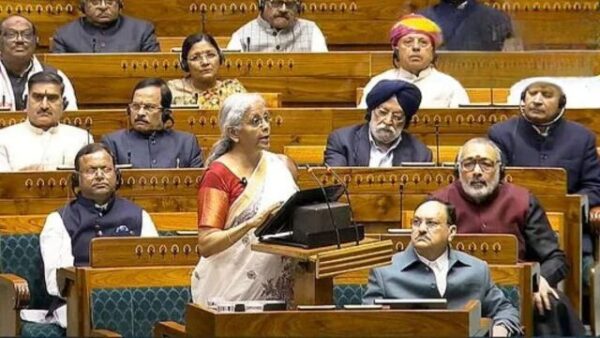
"The Finance Minister caught many by surprise with a significant income tax relief, raising the tax rebate threshold to Rs 12 lakh, up from the previous Rs 7 lakh. (PTI Photo)"
Shimla, February 01: Budget 2025 Highlights: On Saturday, Finance Minister Nirmala Sitharaman unveiled the second Budget of the third term of the BJP government under Prime Minister Narendra Modi. The budget presented a mix of tax relief, fiscal discipline, and infrastructure priorities aimed at boosting economic growth while addressing key social and developmental challenges. With a focus on empowering taxpayers and creating more job opportunities, the budget aimed to further strengthen the nation’s economic recovery and long-term sustainability.
In addition to raising the tax rebate limit, the Finance Minister also revised the tax slabs, ensuring that the highest tax rate of 30% will only apply to individuals earning an annual income of Rs 24 lakh or more (approximately Rs 2 lakh per month). This adjustment aims to ease the tax burden on the middle and upper-middle-class taxpayers, providing greater financial relief.
